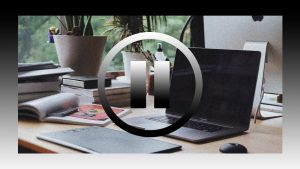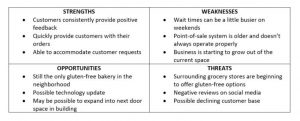How can we make sure that newly hired employees have everything they need to get started on their first day? Believe it or not, this is a deeply concerning question for many business leaders. This specific question was addressed recently by HR, IT and facility employees during a round table discussion at SEE2016 (Service Excellence Experience). Their conclusion was that it should be a joint effort.
Is a newly hired employee in your organization ready for work right away?
Does he or she have everything needed for the job at hand, such as a desk, entry pass and account login? In many organizations, this is not the case. One of the reasons for this is that HR, IT and facility departments tend to work separately. Service management solutions are designed to address this issue, bringing all of these folks together. At SEE, TOPdesk brought folks from these separate departments where they tried to address the question of the best way to set up the process of onboarding and off boarding employees? The questions they dealt with, as well as the answers they came up with, are outlined here.
Who is responsible for a smooth onboarding process?
This question was followed by silence. Every department has taken up their part of the process, but nobody could see the big picture. As it turned out, though, there was a need for this. IT and facility managers indicated that they are often informed last-minute about new employees, which means they have to put other work on hold to get those employees started. The group’s proposal: Appoint one person to be responsible for the process as a whole. IT doesn’t matter much who this person is. An HR staff member would make sense because they have to do much of the work anyway. Another option might be an IT employee since they often already have access to confidential information.
How to prevent the process from halting when somebody is absent?
“Pete (or John or Linda – insert name here) usually handles CRM accounts, but he was off sick.” This was one of the many examples that were mentioned when we asked what goes wrong when a newly hired employee commences. The solution: Make sure tasks are transferable. Establish which process needs to be followed upon commencement and communicate this to everyone involved.
To do this, some organizations were setting up job profiles, but this was not working in practice. There were simply too many expectations. What doesn’t work, according to comments we’ve received, is the standardize 80 percent of the process and keep the rest flexible.
How to safeguard an employee’s privacy when working with multiple departments in a single tool?
This is a much-heard concern. After all, an HR department handles much more confidential information than an IT or facility department, for example, concerning employees’ performance and specials leave. Usually, this information may only be viewed by HR staff. However, during our session it became clear that participants wanted to share more information to aid the onboarding process, such as whether a new employee is in possession of a driver’s license or will get a smartphone. In most cases, you can easily share information without putting privacy at risk.
Which system should be used to manage supplies or offer a self-service portal?
It turns out that doesn’t really matter. Whether you keep track of assets in a CAFM, ITSM or HR system, the most important thing is that you choose one source and ensure that other systems can access it. As for self-service portals, which system will you choose is not that important as long as customers are offered a single portal where they find answers to all their questions. They can be linked to the rights systems at the back end.
Business & Finance Articles on Business 2 Community(133)
Report Post




